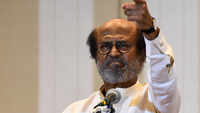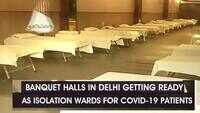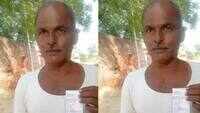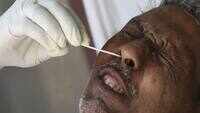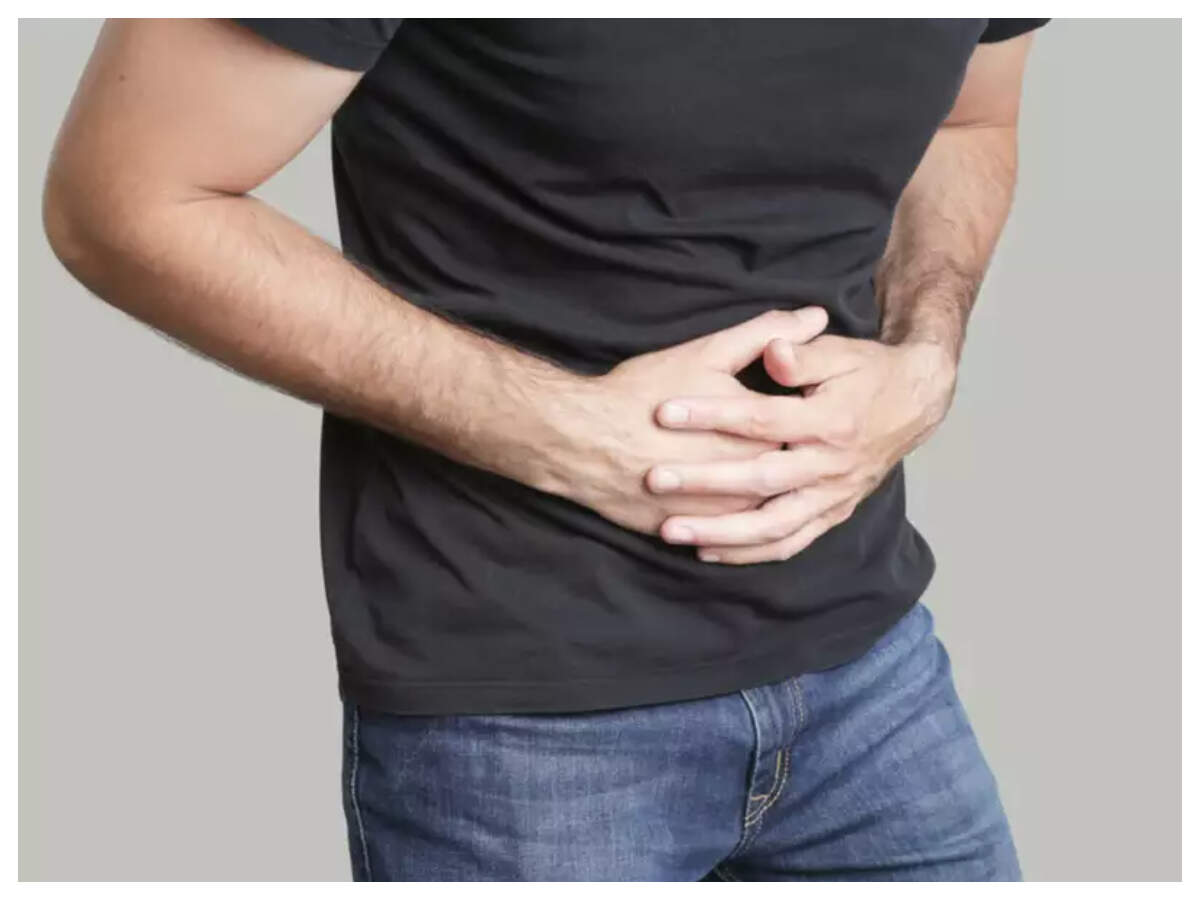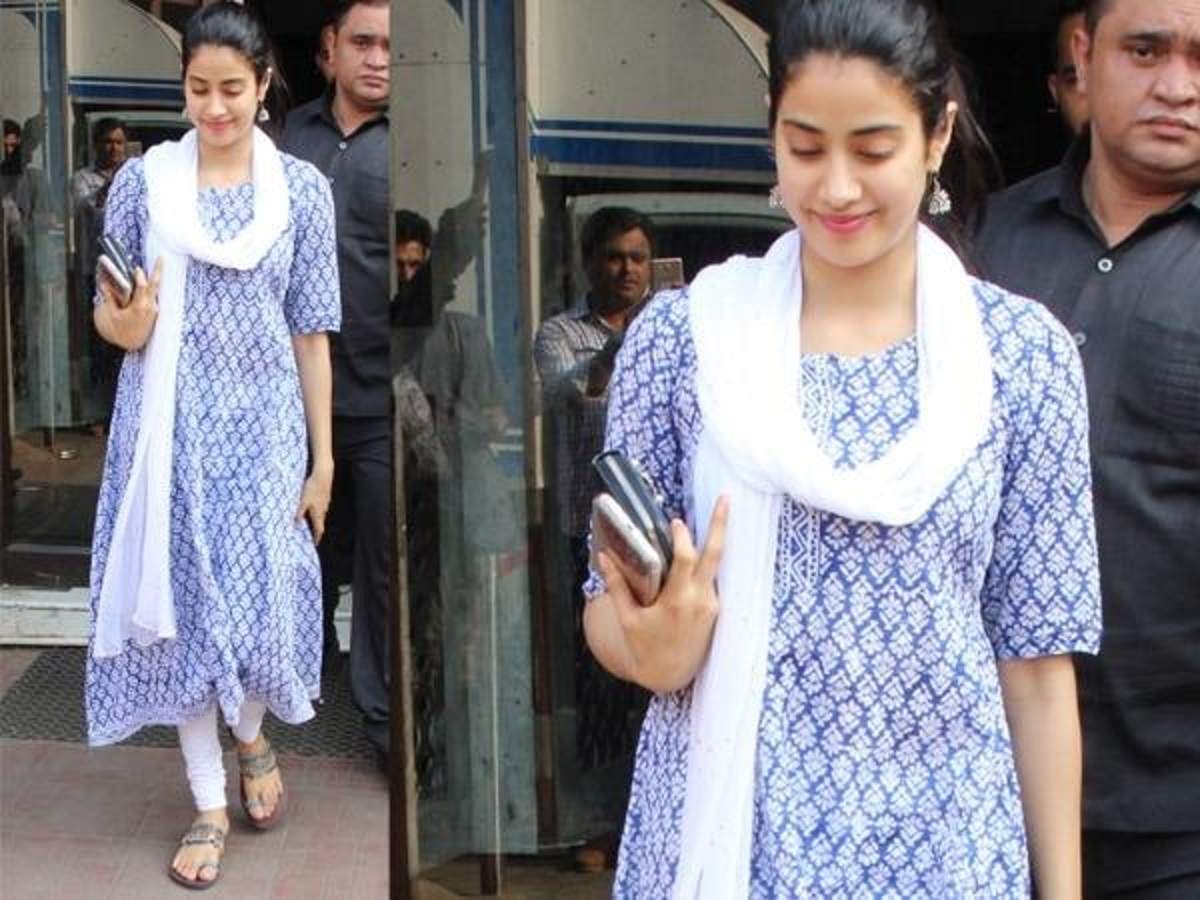
Thiruvananthapuram: A 10-member team led by a public health specialist, comprising house surgeons, post graduates and volunteers, has been tirelessly working for the past three months tracing not only contacts but also laying bare serious lapses in isolation and testing protocol in the district. The recent spate of cases with apparently nil epidemiological link has made their task even more gruelling. More than 200 contacts had to be traced in at least three cases since March.
Taking an infected person on a rewind trail spanning 14 days especially when the patient is stressed after being confirmed of Covid-19 presents multiple challenges. “Not many people would be able to recollect where they went, persons they had visited over such a long period of time. We get a basic data from some of their contacts and if we feel that the information is not accurate, we sometimes put forward contradictory statements. We will intentionally create an opposite track of information and then ask probing questions. They will soon correct us and that gives us confirmation of what their contacts would have told us,” one of the members in the team said.
As for volunteers, attuning themselves to mood swings of patients was often hurtful in the initial days. Unlike public health specialists and community medicine experts, they were not trained to deal with such reactions.
Gradually they learned to be patient and sometimes it helped them establish a bond with patients through frequent follow up calls.
The formidable challenge surfaces when the team can’t interact with patients directly. In some cases, contact tracing would begin after the patient had died and the team will have to mostly depend upon inputs from immediate relatives, friends, colleagues and the like. The next task would be to piece together bits of information and fill in missing links. In case of remand prisoners and some patients who are not forthcoming, the task becomes doubly arduous. Owing to legalities involved in their cases, many persons wouldn't divulge much, delaying the crucial isolation and containment procedure. “Gathering direct information from the infected persons is the most accurate way of establishing epidemiological link. Indirect sources could furnish conflicting information. Direct inputs would help us establish vital link between the patient and source of infection,” an official who is part of the disease investigation team said.
During their course of preparing travel history, the team has been able to unearth glaring lapses in protocol throwing light into areas requiring immediate intervention. It was only after the publication of route maps that violations of testing protocol became evident in case of a nursing assistant who had tested positive, in the case of vicar whose swab was tested positive after his death. Even recently, the collector sought epidemiological reports from general hospital and medical college after route maps revealed that the patient was not tested despite presenting with breathlessness.
The team has been able to pick up speed effectively in contact tracing in the last two weeks despite working non-stop. “We start working on it as early as we get confirmation. Sooner we ready the route map, the faster we could act,” an official said.
Meanwhile, five more positive cases were reported in the district on Thursday.
Taking an infected person on a rewind trail spanning 14 days especially when the patient is stressed after being confirmed of Covid-19 presents multiple challenges. “Not many people would be able to recollect where they went, persons they had visited over such a long period of time. We get a basic data from some of their contacts and if we feel that the information is not accurate, we sometimes put forward contradictory statements. We will intentionally create an opposite track of information and then ask probing questions. They will soon correct us and that gives us confirmation of what their contacts would have told us,” one of the members in the team said.
As for volunteers, attuning themselves to mood swings of patients was often hurtful in the initial days. Unlike public health specialists and community medicine experts, they were not trained to deal with such reactions.
Gradually they learned to be patient and sometimes it helped them establish a bond with patients through frequent follow up calls.
The formidable challenge surfaces when the team can’t interact with patients directly. In some cases, contact tracing would begin after the patient had died and the team will have to mostly depend upon inputs from immediate relatives, friends, colleagues and the like. The next task would be to piece together bits of information and fill in missing links. In case of remand prisoners and some patients who are not forthcoming, the task becomes doubly arduous. Owing to legalities involved in their cases, many persons wouldn't divulge much, delaying the crucial isolation and containment procedure. “Gathering direct information from the infected persons is the most accurate way of establishing epidemiological link. Indirect sources could furnish conflicting information. Direct inputs would help us establish vital link between the patient and source of infection,” an official who is part of the disease investigation team said.
During their course of preparing travel history, the team has been able to unearth glaring lapses in protocol throwing light into areas requiring immediate intervention. It was only after the publication of route maps that violations of testing protocol became evident in case of a nursing assistant who had tested positive, in the case of vicar whose swab was tested positive after his death. Even recently, the collector sought epidemiological reports from general hospital and medical college after route maps revealed that the patient was not tested despite presenting with breathlessness.
The team has been able to pick up speed effectively in contact tracing in the last two weeks despite working non-stop. “We start working on it as early as we get confirmation. Sooner we ready the route map, the faster we could act,” an official said.
Meanwhile, five more positive cases were reported in the district on Thursday.
Quick Links
Kerala Coronavirus Helpline NumberHaryana Coronavirus Helpline NumberUP Coronavirus Helpline NumberBareilly NewsBhopal NewsCoronavirus in DelhiCoronavirus in HyderabadCoronavirus in IndiaCoronavirus symptomsCoronavirusRajasthan Coronavirus Helpline NumberAditya ThackerayShiv SenaFire in MumbaiAP Coronavirus Helpline NumberArvind KejriwalJammu Kashmir Coronavirus Helpline NumberSrinagar encounter
Get the app

